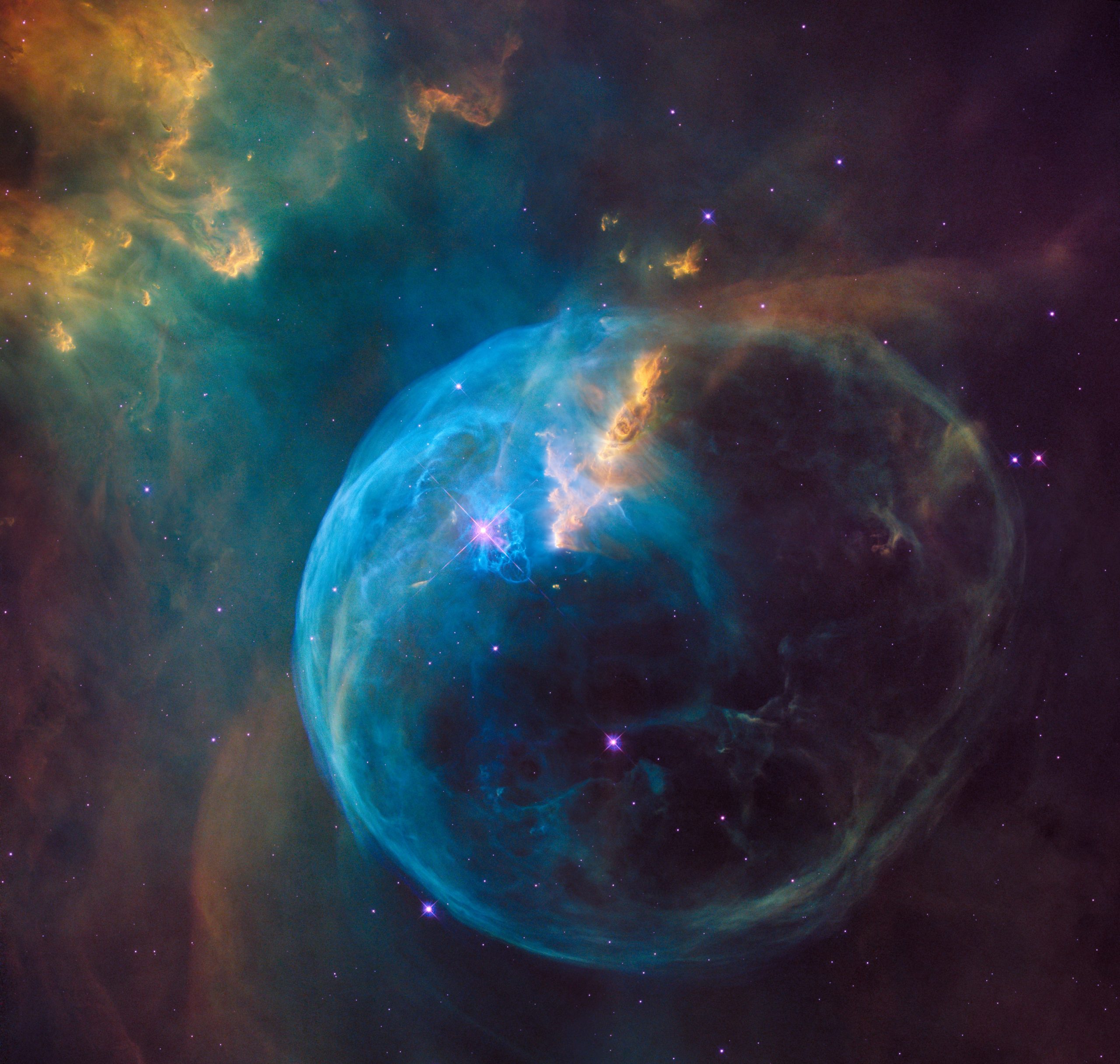What Does the New Moon Look Like?
When we gaze up at the night sky on a clear evening, we are often captivated by the beauty and wonder of the moon. Its ever-changing phases have fascinated humans for centuries, and one of the most intriguing phases is the new moon. But what exactly does the new moon look like? In this blog post, we will explore the characteristics and appearance of the new moon in detail.
Understanding the Lunar Phases
Before we delve into the specifics of the new moon, let’s first understand the lunar phases. The moon’s phase refers to the portion of the moon that is illuminated by the sun as seen from Earth. These phases occur as the moon orbits around our planet, and they are categorized into eight distinct phases: new moon, waxing crescent, first quarter, waxing gibbous, full moon, waning gibbous, third quarter, and waning crescent.
A complete lunar cycle, from one new moon to the next, takes approximately 29.5 days to complete. Throughout this cycle, the moon transitions through each phase, showcasing different amounts of its illuminated surface to us on Earth.
Defining the New Moon
Now, let’s focus on the new moon specifically. The new moon is the lunar phase that occurs when the moon is positioned between the Earth and the sun. During this phase, the side of the moon that faces Earth is not illuminated, making it appear completely dark in the sky.
Contrary to popular belief, the new moon is not entirely invisible or non-existent. While it may not be easily visible to the naked eye, it still exists and plays a crucial role in the lunar cycle. The new moon marks the beginning of a new lunar cycle and signifies the start of a fresh lunar month.
The Invisible New Moon
During the new moon phase, the moon is so close to the sun in our sky that its illuminated side faces away from Earth. As a result, we are unable to see the moon in its entirety. The sun’s bright light overwhelms the faint illumination on the moon’s surface, rendering it almost invisible against the daytime sky during this phase.
However, just because the new moon is not visible doesn’t mean there aren’t any subtle indications of its presence. One such phenomenon is Earthshine. Earthshine occurs when sunlight reflects off Earth’s surface and illuminates the dark side of the moon. This soft, pale glow adds a delicate silver lining to the otherwise unseen new moon.
Occasional Appearances
Although the new moon seems inconspicuous, it occasionally graces us with a visible presence. Due to certain factors, such as the moon’s tilt and its orbital plane around Earth, the new moon may align perfectly with the sun and Earth, resulting in a partial or total solar eclipse.
During a solar eclipse, the new moon passes directly in front of the sun, creating a spectacular celestial event. In this rare scenario, the new moon is easily distinguishable in the daytime sky as it blocks out the sun’s light. The moon’s silhouette, with its darkened disk, becomes clearly visible against the bright backdrop of the sun.
Scientific Observations
Technological advancements have allowed astronomers and scientists to study the new moon in great detail. Lunar satellites and missions, such as NASA’s Lunar Reconnaissance Orbiter, have provided invaluable insights into the moon’s surface and composition.
These missions have generated high-resolution images of the moon during the new moon phase. Unilluminated regions of the lunar surface can be observed, revealing geological features that are otherwise hidden during the moon’s illuminated phases. Scientists study the new moon’s topography, impact craters, and surface temperature variations, contributing to our understanding of the moon’s history and its role in our solar system.
Conclusion
The new moon, although seemingly invisible to the naked eye, is a fascinating and important phase of the lunar cycle. As it marks the beginning of a fresh lunar month, the new moon sets the stage for the emergence of subsequent phases, each with its own unique charm and allure.
While we may not be able to admire the new moon’s delicate crescent or its brightly illuminated surface like we do during other phases, its hidden presence serves as a reminder of the intricate dance between the Earth, moon, and sun. So, the next time you gaze up at the night sky and ponder the wonders of the universe, remember that even in the absence of visible light, the new moon is there, patiently guiding the lunar cycle forward.
Table of Contents
